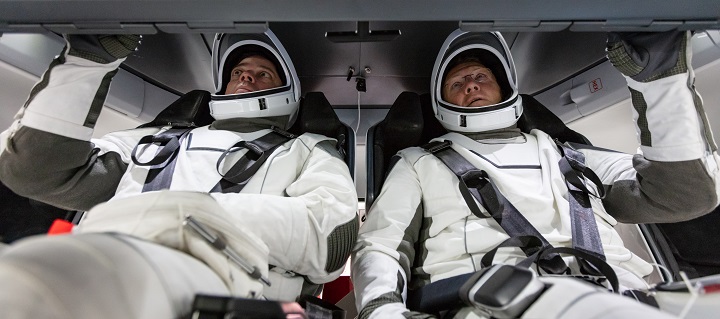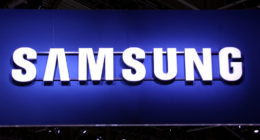Even as the COVID-19 pandemic continues to prevail pan-industry, causing unprecedented losses globally, NASA and SpaceX’s Demo-2 flight test seems to be visibly undeterred. The space agency’s first manned commercial crew program launch to space was scheduled to take place in early May and the recent pandemonium caused due to the COVID-19 outbreak doesn’t seem to have affected the launch.
NASA has invited media houses to the scheduled launch, throwing open Media accreditation on the 18th of March, brushing aside rumors of possible shelving of the program for time-being. NASA states “this mission will be the return of human spaceflight launch capabilities to the United States and the first launch of American astronauts aboard an American rocket and spacecraft since the final space shuttle mission on July 8, 2011.”
The spacecraft Crew Dragon will be launched using SpaceX’s Falcon 9 rocket from NASA’s Kennedy Space Center in Florida. It will be the final test flight for SpaceX after which it will be a certified carrier for NASA to carry out operational crew flights to and from the International Space Station.
The space agency says it is continuously monitoring the situation with COVID-19 and will take required measures if the need arises. NASA has been working with the private American aerospace players through a public-private partnership to launch astronauts on American rockets and spacecraft from American soil.
“The goal of the program is to provide safe, reliable, and cost-effective transportation to and from the space station, which will allow for additional research time and will increase the opportunity for discovery aboard humanity’s test-bed for exploration. The space station remains the springboard to NASA’s next great leap in space exploration, including future missions to the Moon and eventually to Mars,” the press release reads.
The test flight, which was initially planned to be a week-long, will probably be extended to 1.5-3 months, as discussed by NASA earlier this year.





